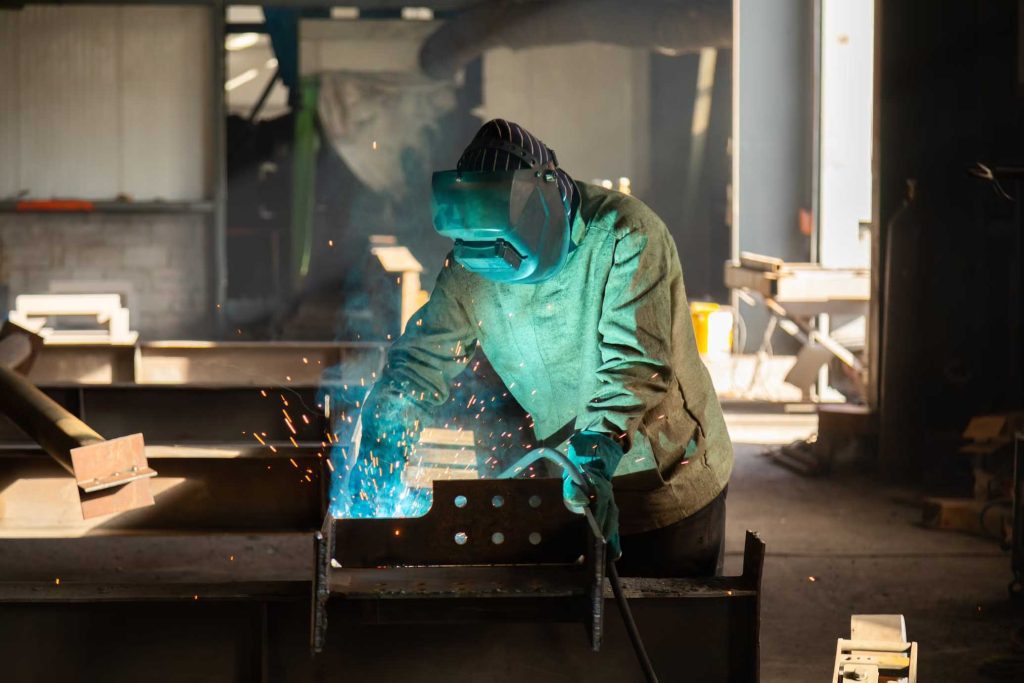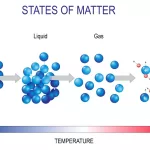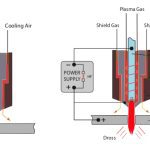Plasma cutting is an accessible skill, as it doesn’t involve the complexities of welding or the use of filler metals. However, achieving a precise and straight cut can be challenging. To help you optimize your plasma cutting performance, consider the following tips and tricks:
Just because plasma cutting is easy, doesn’t mean it can be mastered in one go. There are a couple of things to keep in mind to get the best cut possible.
Welding Town
1. Adjust Cutting Distance
Contact cutting tips move along the metal surface to create the cut. This direct exposure to spark splashback and stray metal particles accelerates the wear of the tips. To mitigate this, consider using a “stand off” shield on the torch. This shield maintains a consistent distance between the torch and the metal, providing stability during cutting. UNIMIG plasma cutting machines come equipped with torches that offer stand off shield options, enhancing the lifespan of your consumables. For optimal results, leave a small gap between the tip and the metal, except when cutting the maximum thickness that your machine can handle.
2. Balance Amps & Travel Speed
The amperage and travel speed settings in plasma cutting are interconnected. While it is technically possible to run the machine at maximum amps for every cut and solely adjust the travel speed, this constant high-power operation may not be ideal for your torch. For thinner metals like sheet metal, consider reducing the amps to match the material thickness. This adjustment allows for a slower but more precise cutting speed. To determine the appropriate travel speed, observe that the sparks should descend directly from the cut, while the torch moves smoothly over the metal. If the speed is too fast, sparks may bounce back from the top of the cut, causing disruptions. Conversely, moving too slowly may lead to the torch getting stuck due to excessive dross buildup. Find a suitable travel speed that complements your amperage setting.

3. Conduct Sample Runs
Performing sample runs on a piece of metal with the same thickness as the intended cut can significantly improve your cutting technique. By perfecting your travel speed during these practice runs, you can ensure clean and precise cuts with minimal cleanup when you proceed to the actual task.
4. Mind Your Consumables
The quality of your cut can be greatly affected by the condition of the consumables within your torch. Prior to cutting, develop a habit of inspecting and maintaining your torch, cleaning or replacing any dirty or damaged consumables. Pay attention to metal slag obstructing the air holes, as well as chipped, burnt, or notched nozzles and electrodes, as they can compromise the cut’s quality. Additionally, make sure that your consumables are compatible with both each other and your machine’s amperage. Using consumables rated for lower amps than your plasma cutter’s maximum capacity can result in rapid deterioration.
5. Practice Dry Runs
In addition to sample runs for adjusting settings, it’s advisable to conduct dry runs to ensure you can complete the entire cut comfortably and without interruption. While pausing in the middle of a cut is possible, restarting from that point can lead to undesired holes. Verifying that you can execute the full-length cut smoothly and without issues will prevent unsightly craters in your workpiece.
6. Begin from the Edge
Whenever possible, initiate your cut from the edge of the metal rather than starting directly over it. By doing so, you prevent sparks from blowing back into the torch, potentially damaging your consumables. If you must start from the middle, angle the torch at approximately 45° until it penetrates the metal, and then readjust it to a 90° (or square) position for the remainder of the cut. This angling technique allows the sparks to fly past the torch tip rather than into it, preserving the torch’s integrity.
7. Prioritize Cleaning
Before commencing a cut, take a moment to thoroughly clean the metal surface, ensuring there are no burrs or rough spots that could catch on the plasma torch. Uneven surfaces can lead to irregular cuts, which will require additional post-cutting work to achieve a smooth finish. Also, inspect the metal you’re using as a guide (if applicable) for any bumpy patches that might inadvertently transfer to your cut. Following a seemingly straight line only to discover unexpected hills and dips can be frustrating.
By implementing these 9 tips and tricks, you’ll be well-equipped to enhance your plasma cutting skills and achieve superior cutting results.











